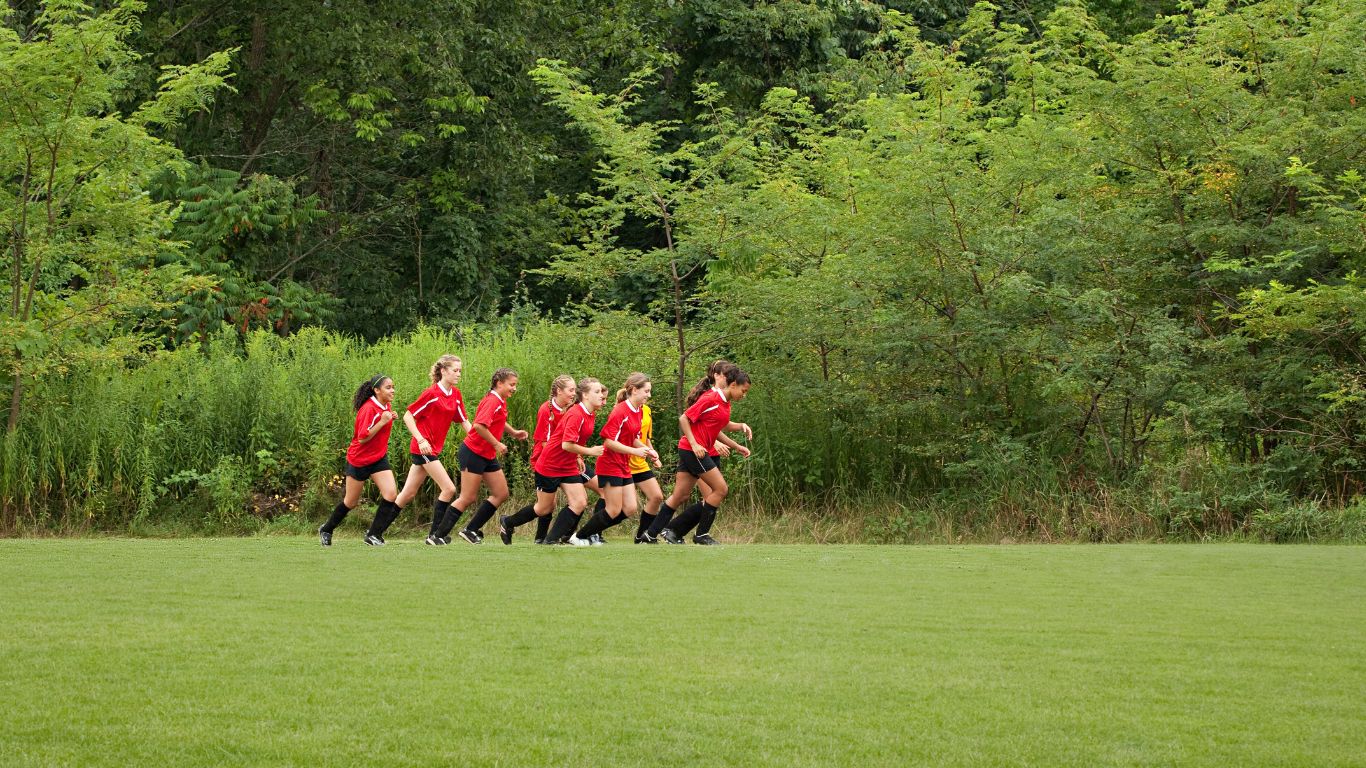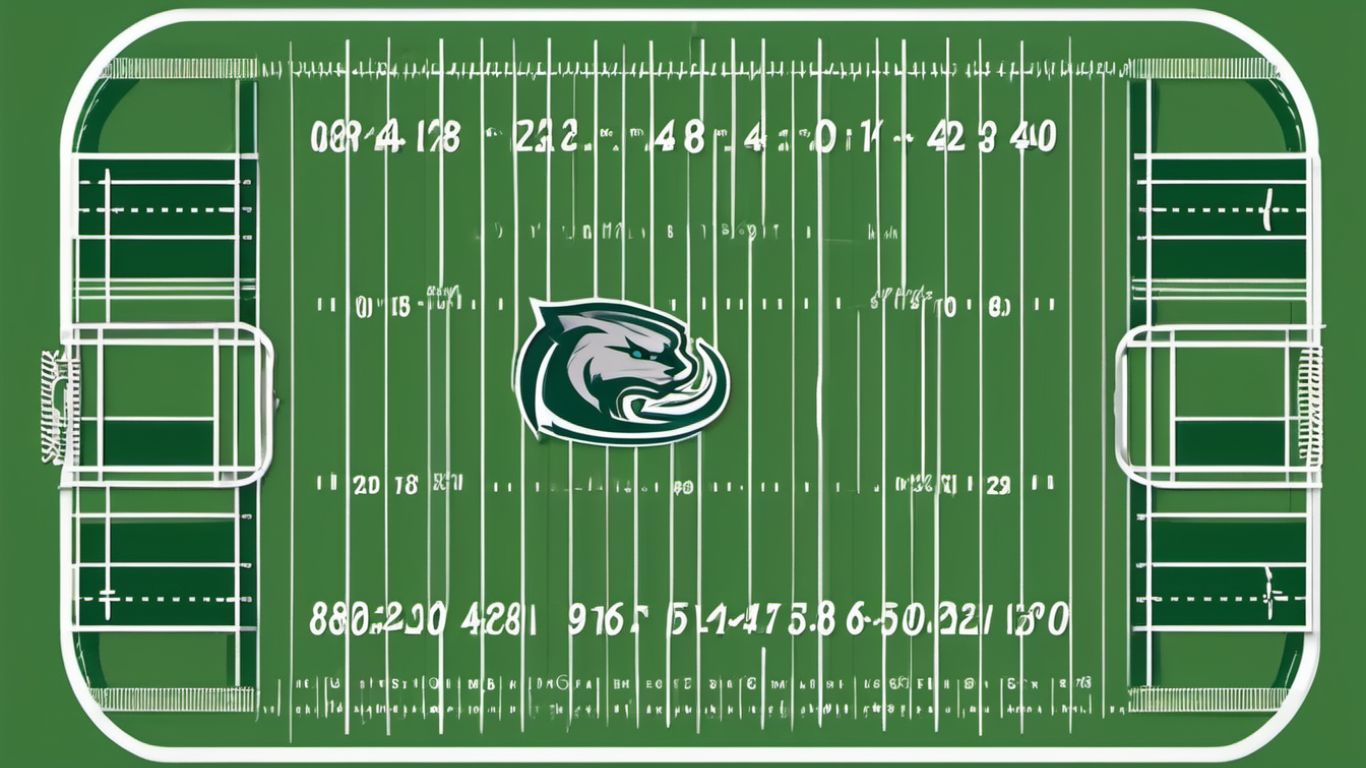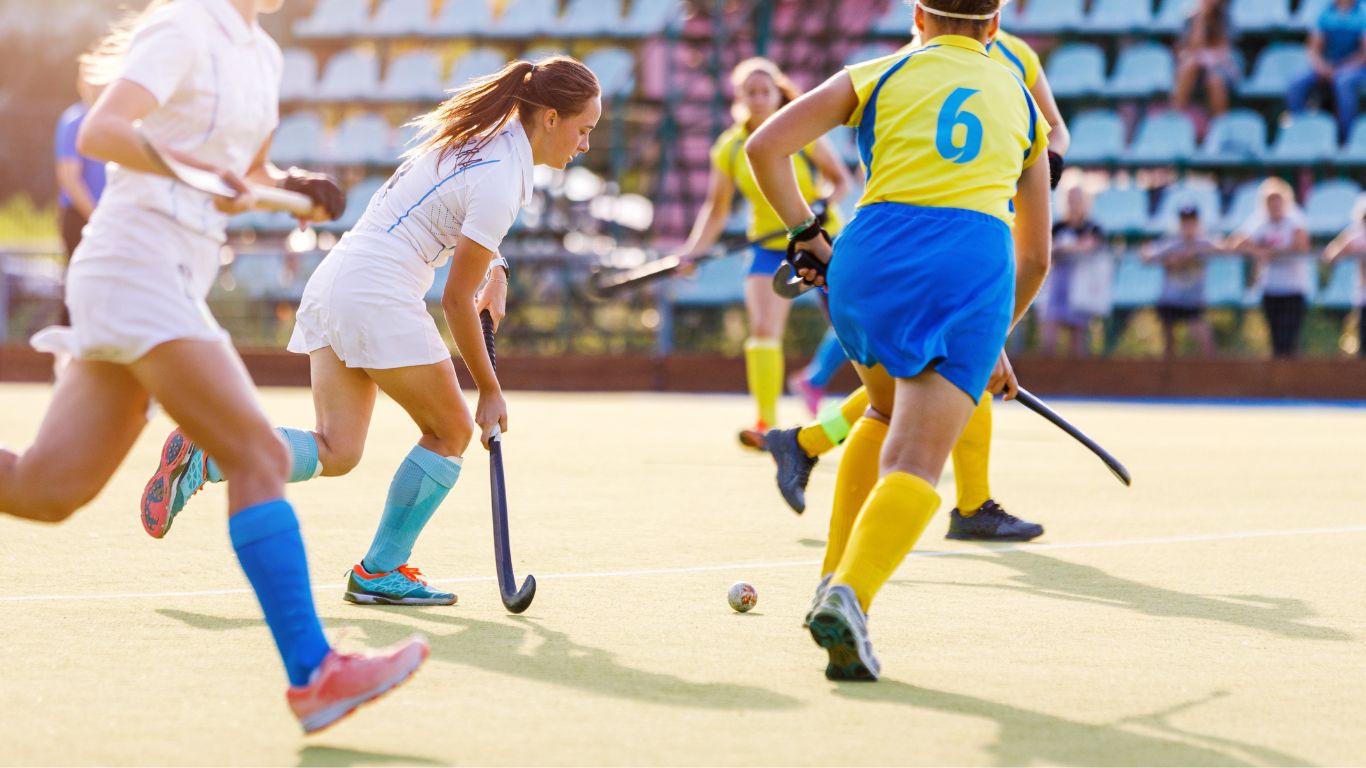A field hockey ball is a small, hard sphere used in the sport of field hockey. It is typically white, dimpled, and made of plastic or cork.
Field hockey is a fast-paced, competitive game that requires precision, skill, and the right equipment. Central to the sport is the field hockey ball, designed to withstand rigorous play on various surfaces. Whether you’re a beginner or a seasoned player, understanding the characteristics of the ball is essential.
A standard field hockey ball weighs between 156 to 163 grams and has a circumference of 224 to 235 millimeters, making it manageable for quick passes and powerful shots. The dimpled texture aids players in maintaining control during play, especially on water-based turf where smooth balls might hydroplane. Players rely on the quality of the ball for optimal performance, ensuring durability and consistency throughout practice and matches. Selecting the appropriate field hockey ball contributes greatly to the flow and enjoyment of the game.
History Of Field Hockey Ball
The ball is at the heart of field hockey, guiding its exciting play and dynamic history. Understanding the evolution of the ball used in field hockey offers a glimpse into the sport’s roots and its transformation over time.
Early Developments
Field hockey’s origins trace back to ancient times, where different civilizations crafted balls from accessible materials. Sturdy and organic items were the norm.
- Early balls were often made from wood.
- Some used stuffed leather with cloth for a smoother roll and better control.
- The size and weight varied greatly, influencing the style of play.
Modern Evolution
Technological advances reshaped field hockey balls just as they did the sport. It led to more uniform and sophisticated designs.
| Time Period | Material Used | Feature Introduction |
|---|---|---|
| 1900s | Cork and Rubber | Improved bounce and durability |
| Late 20th Century | Plastic | Predictable behavior on different turfs |
| 21st Century | High-Tech Polymers | Consistent weight and water resistance |
The ball now must meet official dimensions and weight criteria set by the FIH. These standards ensure fair play in competitions worldwide.

Characteristics Of A Field Hockey Ball
Understanding the features of a field hockey ball is essential for players. A good ball can change the game. Let’s dive into what makes a field hockey ball unique.
Size And Weight
The size and weight of a field hockey ball are regulated by international standards. It should feel comfortable for players of all ages.
- Diameter: 71.3 to 74.8mm
- Weight: 156 to 163 grams
Material
Materials vary, affecting the ball’s durability and performance. Plastic is common, with options for all play levels.
| Level | Material |
|---|---|
| Beginner | Solid Plastic |
| Intermediate | Plastic with Cork Core |
| Professional | High-Quality Polymers |
Surface Texture
The ball’s surface texture impacts grip and roll. Different textures suit various playing conditions.
- Smooth: For wet, water-based turfs
- Dimpled: For dry, sand-based fields
Different Types Of Field Hockey Balls
Field hockey enthusiasts understand that the game hinges on not just skill, but the right equipment. This rings true for perhaps the most essential piece of gear: the field hockey ball. Each type caters to a specific function, be it training sessions, competitive matches or indoor play.
Training Balls
Training balls are designed with durability in mind. Often, they are brightly colored for better visibility. Here are some key features:
- Weather-resistant for consistent performance.
- Constructed with hard plastic to withstand rigorous practice.
- Lightweight, making them ideal for skill development.
Match Balls
Match balls are the top-tier choice for official games. Balance and accuracy are paramount. Consider these points:
- Ergonomically designed for better control and speed.
- Features a smooth finish for a seamless roll on turf.
- Complies with regulation standards set by field hockey authorities.
Indoor Balls
Field hockey moves indoors with indoor balls. These are unique for several reasons:
- Softer and lighter than outdoor balls for safe indoor use.
- They have a low bounce profile to suit the indoor environment.
- Constructed to avoid marking the floors.
How Field Hockey Balls Are Made
Imagine a fast-paced game without a quality hockey ball. Impossible, right? The crafting of a field hockey ball is crucial for a smooth and fair game. Diving into this process reveals the attention to detail and care taken to produce each ball. Exploring the manufacturing journey will show the art behind the perfect game companion.
Manufacturing Process
Creation starts with the right materials. Most field hockey balls are made of hard plastic. Here’s the step-by-step process:
- Material Selection: Quality plastic compounds are selected for durability.
- Molding: The plastic is heated until it’s molten.
- Shaping: The liquid plastic is injected into spherical molds.
- Cooling: The molds cool, hardening the plastic into solid balls.
- Trimming: Excess material from the molding process is removed.
All balls must meet regulated dimensions. The diameter is carefully controlled for consistency.
Quality Control
Each hockey ball undergoes stringent quality checks. This ensures every ball is game-ready:
- Weight and Balance: Balls are weighed and spun to guarantee they’re even and steady.
- Surface Inspection: Surfaces are examined for imperfections that could affect play.
- Durability Tests: Balls are struck against hard surfaces to test resilience.
Finally, balls that pass quality control are packaged and shipped. Next time you play, remember the care that crafted your field hockey ball.
Importance Of The Field Hockey Ball
The Field Hockey Ball is central to the game. It shapes the flow of play. A quality ball can dramatically alter the experience for players and spectators alike.
Impact On Gameplay
The ball dictates the speed and style of a hockey game. A well-designed ball ensures consistent play. Let’s explore its role:
- Speed: Smooth surfaces allow faster movement.
- Control: Players must easily dribble and pass the ball.
- Durability: A ball must withstand match after match.
Safety Considerations
Player safety hinges on the ball’s design. A suitable ball minimizes injury risk. A proper hockey ball features:
| Feature | Importance |
|---|---|
| Weight | Prevents high-speed impact injuries. |
| Material | Soft outer layer absorbs shock. |
| Standard size | Ensures predictable bounce and roll. |
Always choose balls approved by official field hockey organizations. These meet strict safety standards. Remember, the right ball keeps the game fair, fun, and safe for everyone.

Maintenance And Care Of Field Hockey Balls
Keeping your field hockey balls in prime condition enhances their lifespan and ensures consistent performance. Proper maintenance safeguards the ball’s integrity, especially when used frequently. Discover the essential steps to maintain and care for your field hockey balls.
Cleaning
Dirt and debris affect a ball’s quality. Regular cleaning is vital. Use these simple steps:
- Wipe the surface with a damp cloth to remove dirt.
- Use a mild soap solution for stubborn stains.
- Rinse thoroughly with water to eliminate soap residue.
- Dry completely before storage to prevent damage.
Storage
Correct storage prolongs a ball’s life. Follow these guidelines:
- Store balls in a cool, dry place.
- Avoid extreme temperatures; they can warp the ball.
- Keep balls in a ventilated bag to prevent moisture build-up.
Regular inspections catch early signs of wear. Replace balls as needed to maintain game quality.

Credit: hockeyperformanceacademy.com
Frequently Asked Questions On Field Hockey Ball
What Is A Field Hockey Ball Called?
A field hockey ball is simply referred to as a “hockey ball. “
Do They Use A Ball In Field Hockey?
Yes, players use a hard, spherical ball in field hockey. This ball is typically made of plastic and is designed for smooth rolling on the field.
Is There A Difference Between Indoor And Outdoor Field Hockey Balls?
Yes, indoor field hockey balls are lighter and smoother, while outdoor balls are heavier and have a dimpled surface for turf play.
What Field Hockey Ball For Beginners?
Beginners in field hockey should opt for a smooth, dimpled white ball. This design assists with control and visibility, essential for new players learning the game.
What Is A Field Hockey Ball Made Of?
Field hockey balls are typically made of hard plastic, with some designed for specific surfaces having a dimpled or textured finish.
Conclusion
Selecting the ideal field hockey ball is crucial for peak game performance. Ensure you choose one that suits your playing surface and skill level. Remember, a quality ball enhances your control and can elevate your gameplay. Keep engaged, and may your next game be your best yet!









